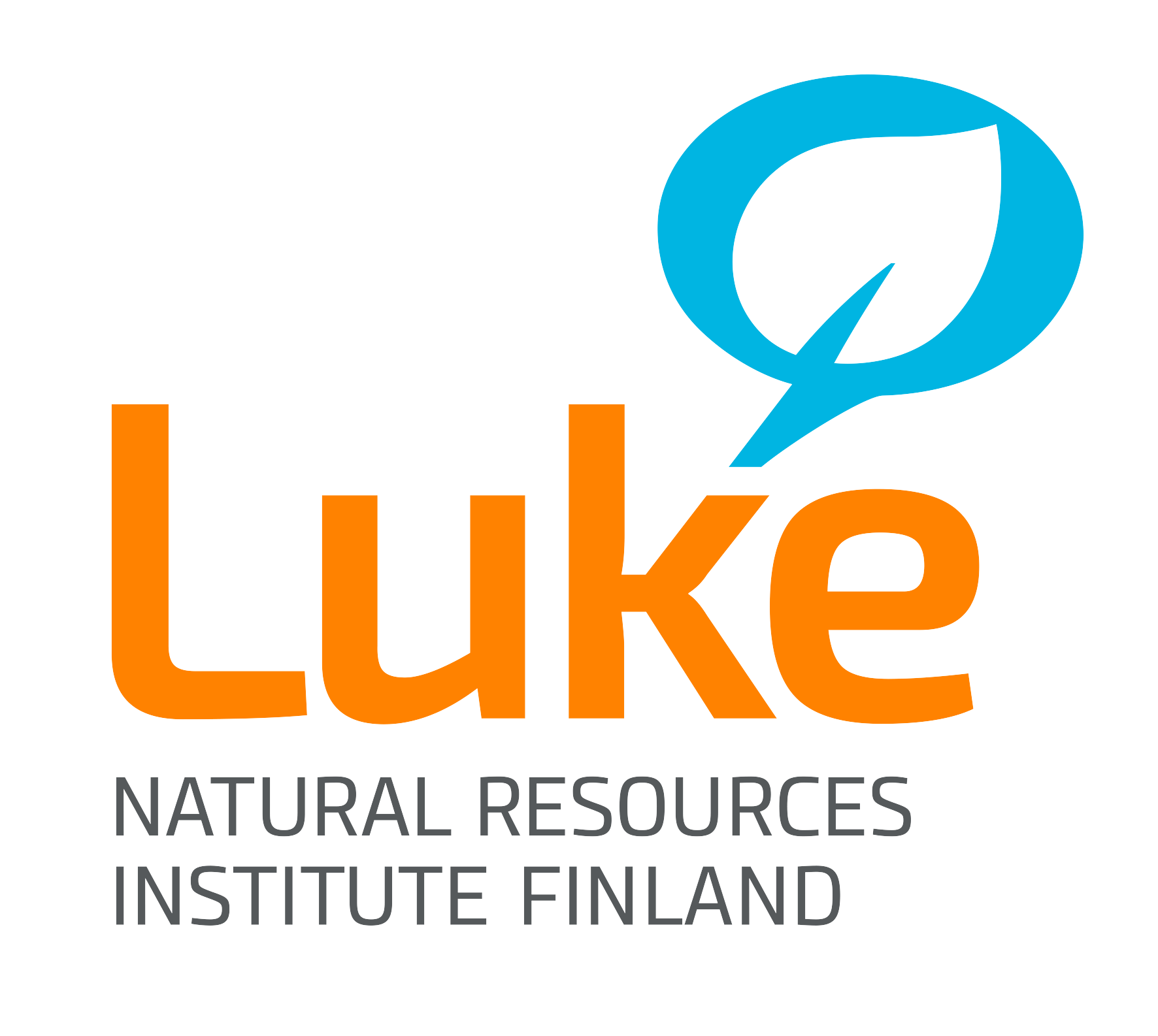🇫🇮 Luke and its partners developed groundbreaking methods for sustainable fish farming by using genomic data
Press release from Luke
As fish consumption is growing in Europe, new methods for sustainable fish farming are needed. Natural Resources Institute Finland (Luke) together with European fish farmers, breeders and feed producers as well as researchers raised selective breeding and fish farming to a new level by linking the effects of fish genome and nutrition. Some of the methods developed in the five-year project have already been taken into use by European companies.
Fish consumption in Europe is growing alongside vegetarianism, and at the same time there is a growing need for fish farmers to meet demand more safely, efficiently and with less environmental impact. Selective breeding of fishes has helped and continues to help to develop fish farming. Breeders select individuals for breeding that have been found to make effective use of feed for growth and remain healthy.
In addition to selective breeding, sustainable fish farming is promoted by feed developed specifically for certain fish species and certain conditions. However, so far fish feed developers have had only limited information about the changes in fish traits brought about by breeding, even though the trait changes affect nutrition. Feed developers are also challenged by the fact that as fish consumption increases, more fish feed is needed, and therefore new sustainable raw materials must be found.
“Selective breeding and fish feeds have been developed extensively in Europe, but typically in separate projects. Inside Luke, we had the experience of combining these fields of research, and now we did it on a large scale. For the international EU-funded AquaIMPACT project, we gathered challenges of fish farming and experts from 10 companies and 12 research institutes to solve them,” says Antti Kause, principal scientist at Luke, who leads the project.
A groundbreaking leap from family trees to genomes
The five-year project is nearing its end, and Kause says the goals have been met.
“We developed a method based on a mathematical model, which allows feed manufacturers to predict how feed composition will affect, for example, the growth or health of a fish, when its genetic characteristics are known. This is a significant breakthrough in the industry.”
A groundbreaking feature in the AquaIMPACT project was that breeding experts based their selection on the genome of the fish and not, as has been customary, on the family tree. According to Kause, genomic selection is already common in the selective breeding of cattle, pigs, chickens and plants, and thus familiar work at Luke as well.
“We have 25 animal and plant breeders in Luke, who analyze the genomic data from breeding programmes. We also have 40 years of experience in selective breeding of fish and responsibility for the national breeding programme for rainbow trout. This made it natural for us to take responsibility for genetics research and the development of breeding methods in the project.”
Research results for immediate use
The experimental work was divided among different countries according to, among other things, fish species, which were rainbow trout and Atlantic salmon from cool waters as well as gilthead sea bream and European sea bass from the Mediterranean. For example, researchers at Luke and a Finnish company developed selection methods to improve disease resistance of rainbow trout in their own aquaculture facilities.
“We also showed that selective breeding has yielded results even when the selection has been based on the family tree. We have managed to improve the feed efficiency of rainbow trout by about 18 percent over the past 25 years. This means that breeding has made fish farming more efficient and reduced the nutrient emissions from fish farms into the sea.”
Although the AquaIMPACT project focused on European fish species, according to Kause, the computing and genomic methods developed can be used anywhere. Some of the methods have already been implemented by European companies that participated in the project.
“The absolute strength of the project was that the same people who have participated in the development work get to use the results right away.”

